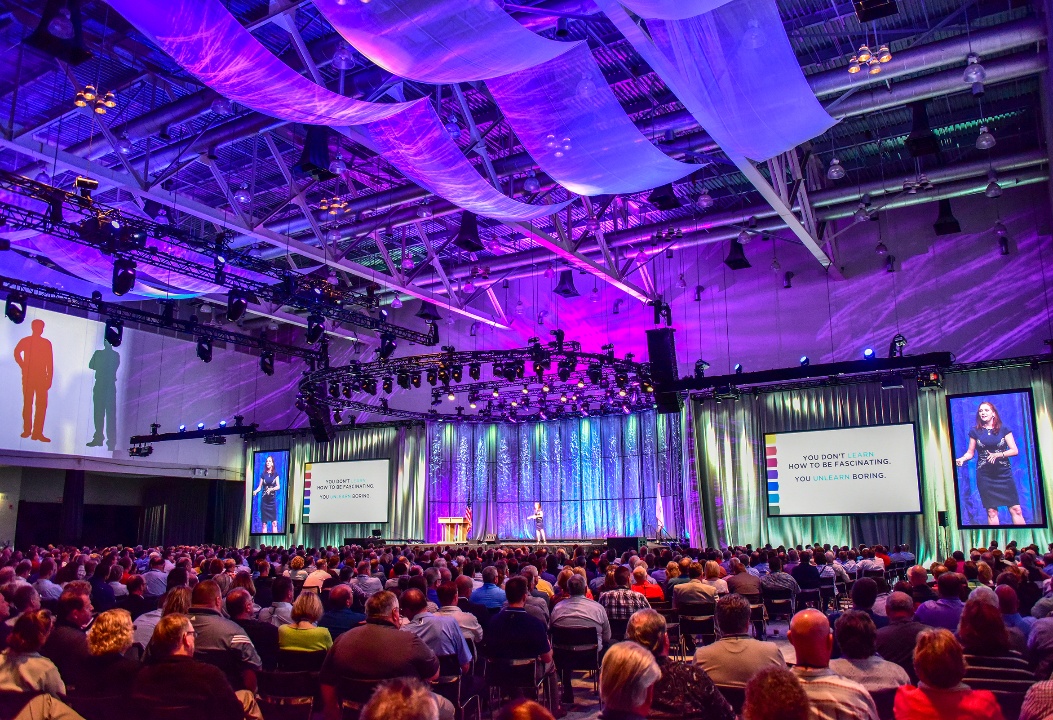Advantages of LED Display Walls Compared to Traditional Projection Systems for Modern Graphic Displays
Wiki Article
Light Emitting Diode display screens have grown progressively popular in multiple environments, such as educational institutions, corporations, and leisure locations. These sophisticated display technologies offer several benefits over conventional projection technologies. Understanding these benefits can help companies make informed decisions about their display needs. This article will examine the main advantages of Light Emitting Diode display screens, including luminosity, visual quality, flexibility, upkeep, and energy conservation.
One of the key significant benefits of LED display screens is their brightness. LED tech produces lively and bright images that can be readily viewed in multiple illumination environments. Unlike traditional projectors, which can have difficulty in brightly lit settings, LED display screens maintain their clarity and hue accuracy even in bright rooms. This makes them ideal for external events or places with large openings. The elevated brightness levels ensure that the content displayed is consistently clear, making it easier for audiences to interact with the information being shown.
In furthermore to brightness, Light Emitting Diode video screens provide superior visual clarity. They offer higher definition and improved color reproduction compared to traditional projection technologies. This means that pictures and videos displayed on an Light Emitting Diode screen appear crisper and more detailed. The pixel concentration of LED displays allows for close observation without losing clarity, which is especially crucial in settings like exhibition fairs or conferences where attendees may be close to the screen. Furthermore, Light Emitting Diode technology can produce deeper blacks and more intense colors, enhancing the complete visual experience.
Flexibility is another key benefit of Light Emitting Diode display screens. These technologies can be configured in multiple sizes and forms to fit varied areas and design needs. Unlike traditional projection systems, which require a particular spacing from the screen to operate properly, LED video walls can be set up in a range of settings. They can be bent, tiled, or even used in creative arrangements to create unique display exhibits. This adaptability allows organizations to tailor their display exhibits to suit their specific needs, making LED display screens a versatile option for any setting.
Upkeep is also a critical consideration when contrasting LED video screens to traditional projection technologies. Light Emitting Diode displays generally require fewer maintenance over the years. Conventional projection systems often need lamp changes and routine cleaning to maintain peak functionality. In comparison, Light Emitting Diode tech has a greater lifespan and does not require regular replacements. This reduces downtime and maintenance expenses, making LED display walls a more economical option in the long-term future. Organizations can concentrate on their displays rather than concerned about the maintenance of their display technologies.

Finally, power efficiency is an important consideration for many organizations. Light Emitting Diode video screens consume fewer energy compared to conventional projector technologies, which can lead to substantial reductions on energy bills. blog here This is particularly advantageous for companies and locations that use screens for long periods. Additionally, the lower energy consumption of LED technology contributes to a lowered environmental footprint, making it a more eco-friendly option. By selecting Light Emitting Diode display screens, companies can enjoy premium display screens while also being considerate of their power consumption and ecological footprint.
In conclusion, LED video walls offer numerous advantages over traditional projection systems. Their brightness, image clarity, flexibility, minimal upkeep requirements, and power conservation make them an superior option for contemporary display screens. As innovation continues to progress, Light Emitting Diode video walls are likely to grow even more common in various settings, providing organizations with the tools they need to effectively convey and interact with their viewers.